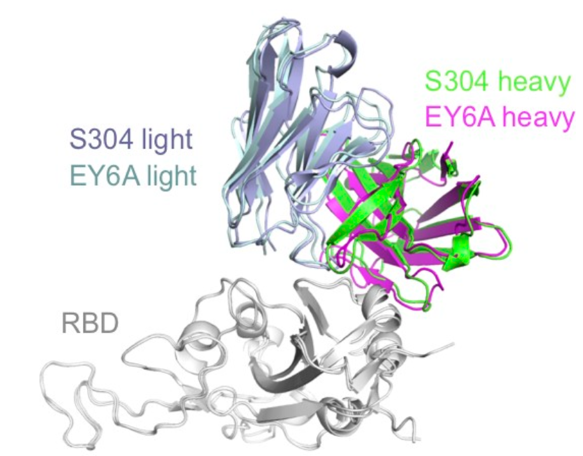Pierce Lab Awarded $1.5M from NIH to Model and Design Antibodies and T Cell Receptors

Researchers at the Institute for Bioscience and Biotechnology Research (IBBR) recently received $1.5M from the NIH for their project entitled, “High Resolution Modeling and Design of Immune Recognition.” Dr. Brian Pierce, IBBR Fellow, Assistant Professor in the Department of Cell Biology & Molecular Genetics at University of Maryland, College Park, and member of the University of Maryland Marlene and Stewart Greenebaum Comprehensive Cancer Center (UMGCCC) is principal investigator on the award. This five-year award will support the efforts of the Pierce Laboratory to model and design antibodies and T cell receptors, including the high accuracy prediction of the structures of their interactions with antigenic targets.
T cell receptors (TCRs) and antibodies are key to the adaptive immune system, with highly diverse repertoires in each person that can recognize an immense array of foreign antigen targets. Understanding the structural basis of interactions of TCRs and antibodies with their targets can enable the design of new immunotherapeutics and vaccines. In this project, their lab will develop advanced methods to perform high resolution modeling and structure-based design of TCRs and antibodies, building on their previously developed method to model TCR structures (TCRmodel) and databases of experimentally determined structures (TCR3d, and antibody-antigen docking benchmark). These will be applied to predict and design structures of uncharacterized TCRs and antibodies, including those of therapeutic interest, in collaboration with other laboratories.
“This is a very exciting time to be working in the area of structural computational biology and immunology, and we are grateful to the NIH for supporting our efforts to continue and expand our developments, which can have a real-world impact on immunotherapeutics,” said Pierce.
